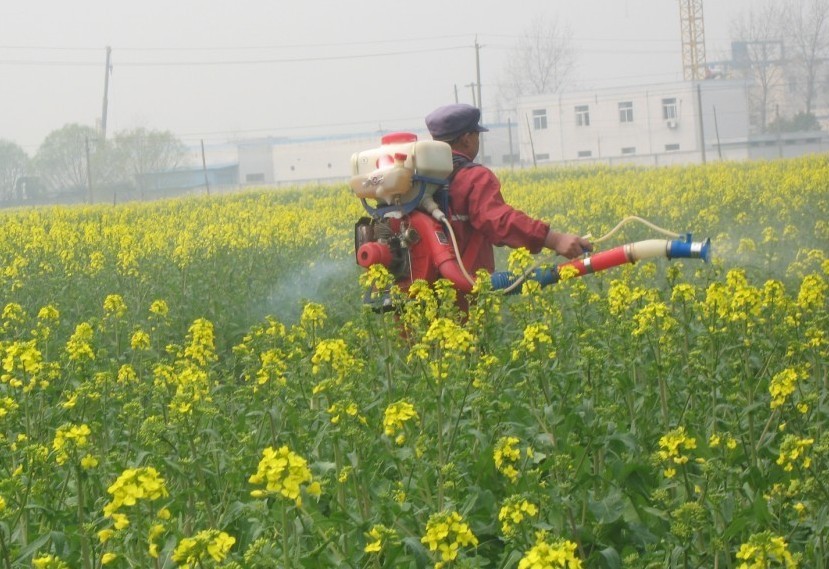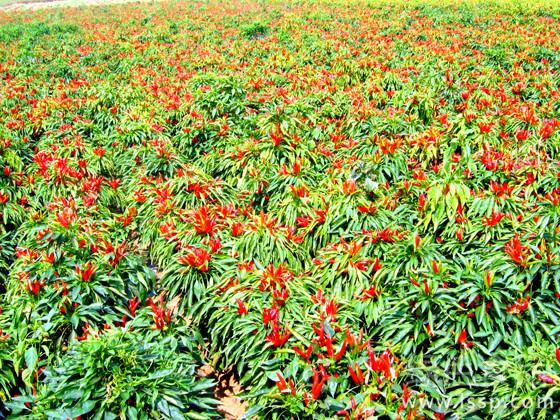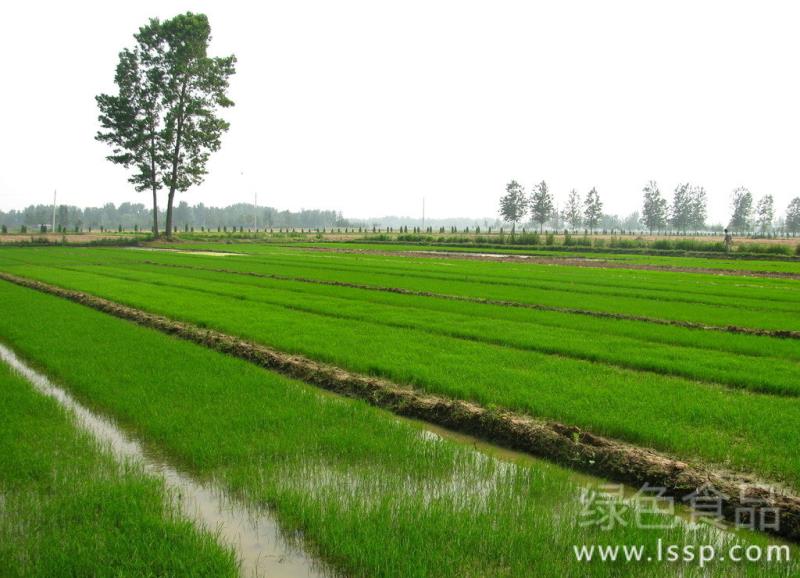Disease conditions and Control techniques of Sclerotinia sclerotiorum in Brassica napus

Control of rape sclerotium
Sclerotinia sclerotiorum occurred in the whole growth period of rape, and occurred most seriously in the seed setting period. Stems, leaves, flowers and siliques are all affected, but stems are the most seriously affected. After dehiscence of the epidermis of the diseased stem, it is easy to break off, and the stem above the diseased part wilts and dies.
I. Conditions of disease
A few sclerotia germinated from October to December in winter sowing rape area, which caused seedling disease, and most sclerotia germinated in March to April of next year. Continuous cropping or over-dense sowing, partial over-application of nitrogen fertilizer easy to disease. Low-lying, poor drainage or moisture retention, plant lodging, frequent cold attacks in early spring or severe frost damage.
II. Control methods
According to the occurrence and damage characteristics of sclerotiorum, agricultural control and chemical control should be combined to control its epidemic.
1. Implement rice-oil rotation or upland rape rotation with gramineous crops for more than two years.
2. Narrow compartment and deep groove cultivation method shall be implemented in rainy areas, which is conducive to drainage and stain prevention in spring and timely drainage after rain to prevent moisture retention.
3. Choose disease-resistant and disease-tolerant varieties.
4. Seed treatment before sowing, seed selection with 10% brine, elimination of floating diseased seeds and small sclerotia, and sowing after selected seeds are dried.
5. Select seedbed in September every year, cultivate short and strong seedlings, transplant in due time, achieve reasonable density planting, and plant 10000~12000 hybrid rape 667m2.
6. Adopt formula fertilization technology, advocate the application of compost or decomposed organic fertilizer made by enzyme bacteria, avoid partial application of nitrogen fertilizer, and apply trace elements such as phosphorus, potassium fertilizer and boron and manganese to prevent excessive growth, lodging or premature senescence in flowering and pod setting period, timely cultivate or clear ditch cultivation, timely remove yellow leaves and old leaves at full flowering stage, prevent the spread of germs, improve ventilation and light transmission conditions among plants, and reduce disease incidence.
7. Chemical control. First, spray 80% carbendazim ultra-fine powder 1000 times solution or 40% polysulfur suspension 400 times solution in rape field of first and second grade in early and middle March, and carry out second control after 7 days.
- Prev

How to control the "three falls" of hot pepper by reducing the yield by a large margin
How to control the "three falls" of hot pepper by reducing the yield by a large margin
- Next

Improvement methods and fertilization measures of Rice Field in Saline-Alkali soil
Improvement methods and fertilization measures of Rice Field in Saline-Alkali soil
Related
- Fuxing push coffee new agricultural production and marketing class: lack of small-scale processing plants
- Jujube rice field leisure farm deep ploughing Yilan for five years to create a space for organic food and play
- Nongyu Farm-A trial of organic papaya for brave women with advanced technology
- Four points for attention in the prevention and control of diseases and insect pests of edible fungi
- How to add nutrient solution to Edible Fungi
- Is there any good way to control edible fungus mites?
- Open Inoculation Technology of Edible Fungi
- Is there any clever way to use fertilizer for edible fungus in winter?
- What agents are used to kill the pathogens of edible fungi in the mushroom shed?
- Rapid drying of Edible Fungi

